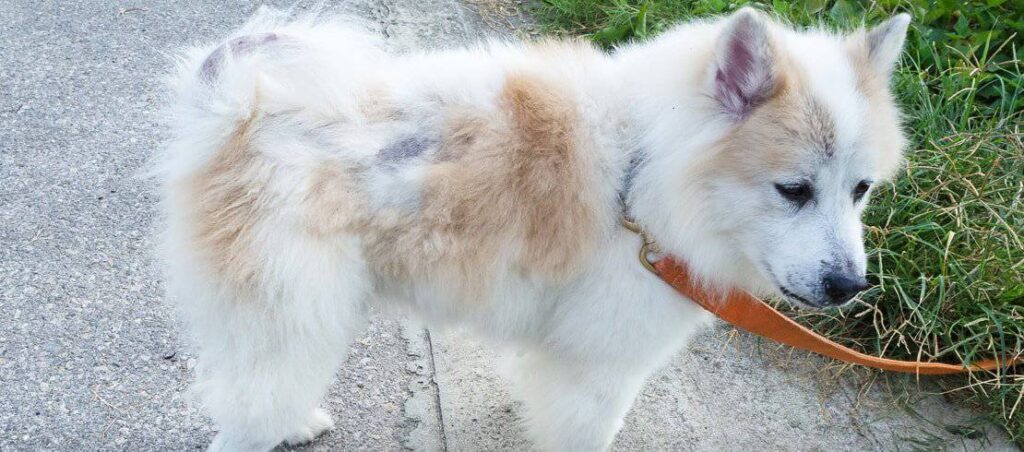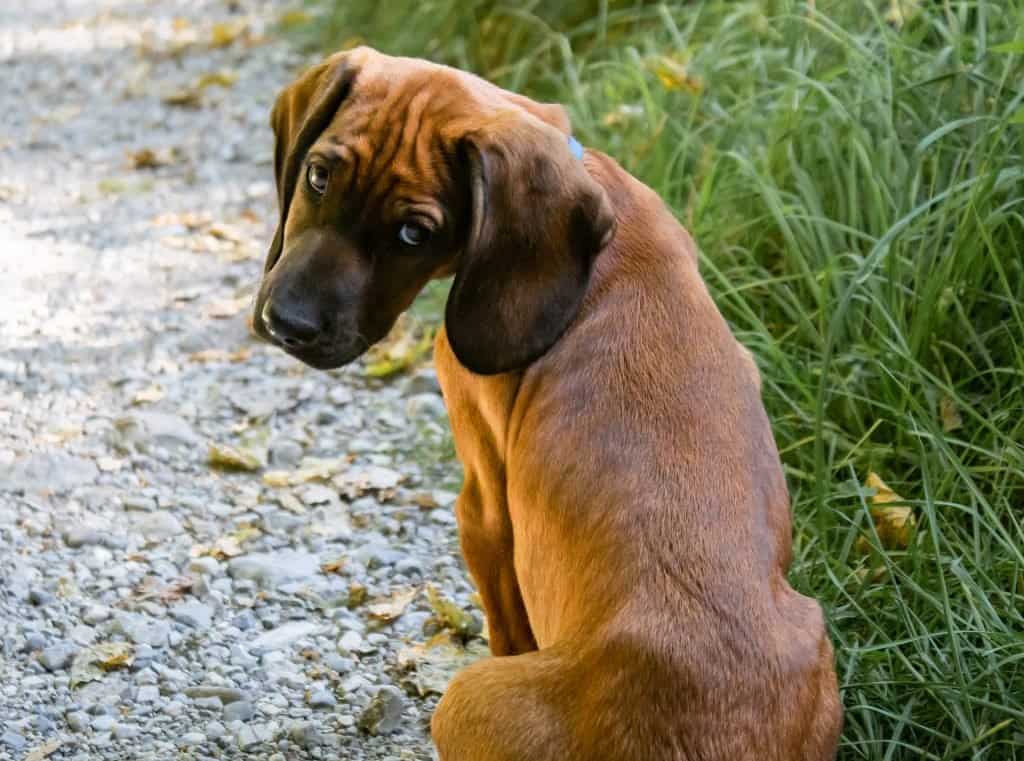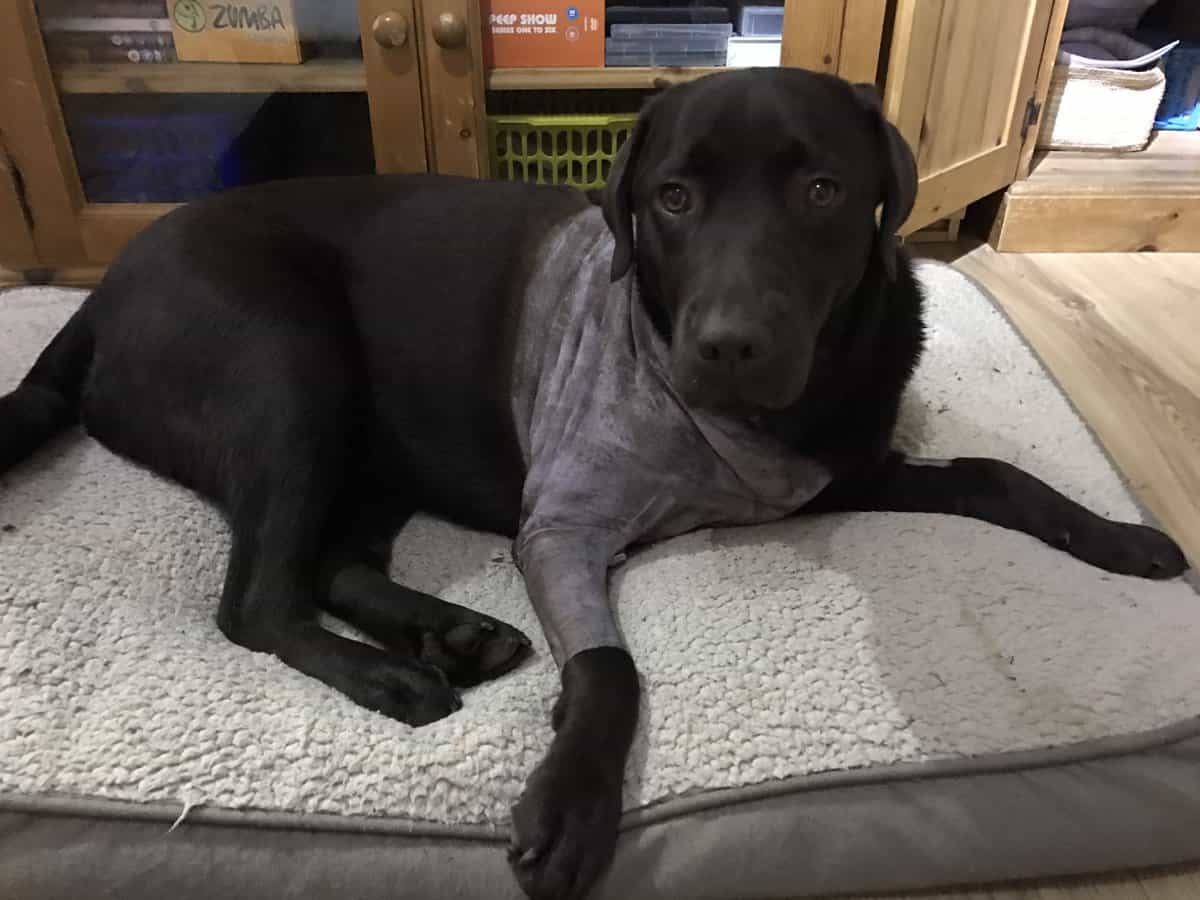No parent dreams of taking their dog to the vet to be operated on.
Yet, many dogs undergo surgical operations at some time in their lives.
Pets get into accidents all the time needing medical attention. Sometimes, they go under the knife to treat a medical condition that comes up from the blues.
Other times, your dog goes in for a caesarian section or a cosmetic operation.
Besides post-op recovery, one of the things that pet parents worry about is hair re-growth.
See, before cutting through the canine’s skin, the vet has to shave the dog at the affected area.
Not only does this affect the aesthetics of your beloved pooch but it also compromises her health. If it’s too cold, the dog will feel too cold and vice versa.
So, just how long does it take for dog hair to grow back after surgery?
Well, there is no one definitive answer to this question. It really just depends on a few things which we will get into shortly.
In general, though, canine fur takes a few weeks to grow back to its original length.
Some dogs take less than two weeks while others need upwards of one month to achieve the same results.
Factors Affecting Hair Regrowth in Dogs

1. The Individual Dog
Dogs are created differently from each other. You can have two dogs from one litter shaved down to the skin only for one to grow her hair much faster than another one.
This happens even when all other factors are constant.
The only way to explain this is that different dogs react differently to certain situations.
Perhaps one has an efficient blood supply system that gives every part enough nutrients.
As a result, she will have fast hair growth than the other.
2. Season Of The Year
The season during which the surgery is done also impacts hair growth in dogs more than we care to think.
A study done to determine the link between the season and growth of dog fur after surgery in Labrador retrievers proved this to be true.
The dogs used in the experiment were shaved at different times of the year under the same conditions.
The findings showed that hair grew back in a period of 14.6 weeks during spring, 14.5 weeks (summer), 13.6 (autumn), and 15.4 weeks (winter).
Dogs shaved in winter clearly grow their hair back fast while those shaved during autumn take forever.
3. Type Of Shaving
By type of shaving, we mean the depth of the shave.
Obviously, if the vet cut too deep, close to the skin, it may take longer for the hair to grow back.
The reason is that it has to start from scratch and needs more time to reach the pre-clipping length.
Else, if some of the hair is left on the skin, re-growth will be faster.
Related Post: A Beginner’s Guide to Shaving a Corgi
4. Type Of Coat
Here’s a big one. The length your dog’s fur takes to grow back is also heavily dependent on the type of coat.
If she’s single-coated, she will grow her fur back much faster than her double-coated counterparts.
See, the latter group has an undercoat as well as a topcoat. Each layer grows independently of the other.
Ideally, the undercoat grows at a faster rate compared to the topcoat, which can take up to a year to grow back to its original state.
Related Post: 12 Best Brushes for Double Coated Dogs
5. Area Shaved
The length of your dog’s fur isn’t uniform all over her coat. Some parts have shorter hair while others are much longer.
Examples of areas with short fur include the head, paws, tail, and face. These don’t need a long time to bounce back after shaving.
On the other hand, spots such as the abdomen, chest, neck, and back may take a lot longer to assume their pre-clipping states after shaving.
6. The Health of The Pup
Last but not least, the health of your dog also has a huge impact on how fast or slow her hair grows back after surgery.
Healthy dogs take shorter to regrow their fur while unhealthy pups take much longer.
When your dog is sick, her body will be under stress. When stressed, the body takes longer to supply nutrients to the skin and the hair thus elongating the hair re-growth process.
A Point to Note

It is also worth mentioning that some dogs suffer what is known as alopecia if they are shaved frequently.
This is simply the complete or partial loss of hair in places where it previously existed.
If your dog doesn’t grow her hair back within a few months or develops patches, it might be time to see the vet.
Some forms of alopecia have treatment solutions that can restore the dog’s coat.
Closing Thoughts
As a dog owner, you deserve to know when your baby will get her fur back after surgery.
Luckily for you, dog hair grows back fast.
In a couple of weeks, things should be back to normal. If not, give it more time before you contact your vet.
Related Posts:
How Long Should A Dog Wear Cone After Surgery?
How Long Does It Take For A Female Dog Nipples To Recede After Pregnancy?
As an Amazon Associate, we may receive a small commission from qualifying purchases but at no extra cost to you. Learn more. Amazon and the Amazon logo are trademarks of Amazon.com, Inc, or its affiliates.

